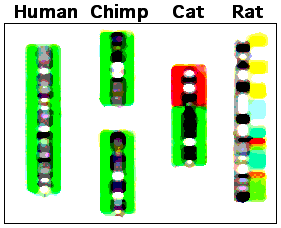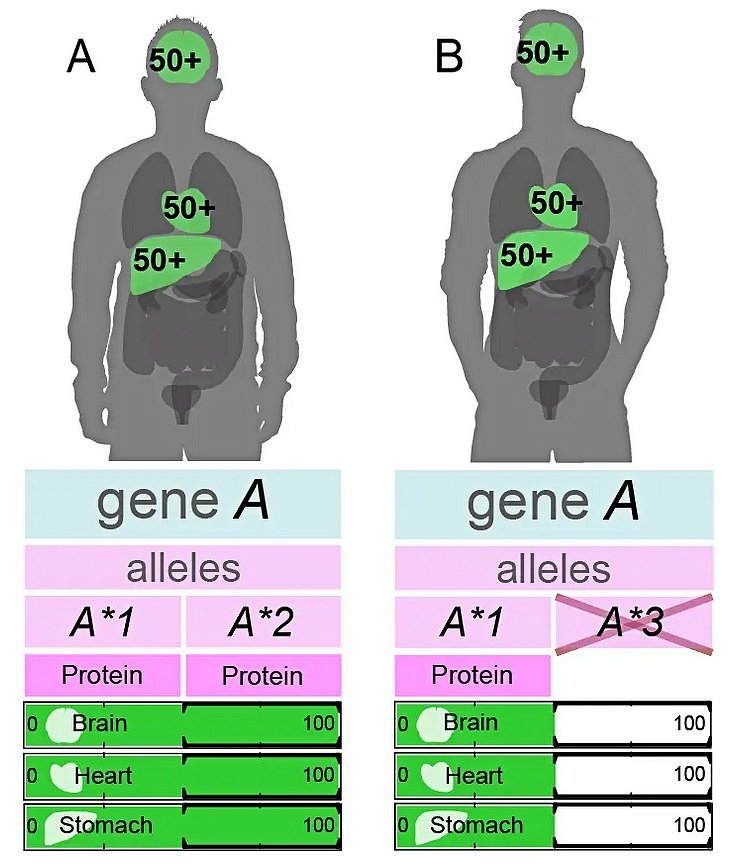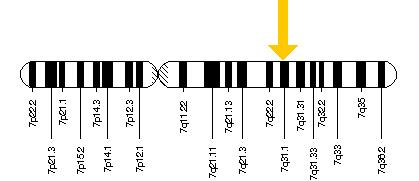Imagine a single genetic mutation, tucked deep within our DNA, forever changing the course of human history. Could a tiny twist in our genetic code be the spark that gave rise to the voices, stories, and complex societies that define us today? The FOXP2 gene, often called the “language gene,” is at the heart of a scientific mystery that has fascinated researchers, ignited debates, and redefined what it means to communicate. Journey with us through the winding paths of evolution, ancient skulls, and modern science as we uncover the secrets of FOXP2—and explore how this remarkable gene may have sculpted the human gift of language.
What Exactly Is the FOXP2 Gene?
The FOXP2 gene is a stretch of DNA found on chromosome 7, and its influence reaches astonishingly far. Unlike most genes, FOXP2 doesn’t code for a specific physical trait like eye color or height. Instead, it acts as a master switch, controlling the activity of hundreds of other genes during brain development. Scientists discovered FOXP2 in the late 1990s while studying a British family with a puzzling speech disorder that ran through generations. This discovery sent ripples through the scientific community, sparking urgent questions about how a single gene could impact something as complex as language. The gene’s role is specifically linked to the formation of neural circuits involved in speech and language processing.
The KE Family: A Window Into Genetic Speech Disorders
The story of the KE family is both heartbreaking and illuminating. Several members of this family struggled with severe difficulties in articulating words, understanding grammar, and producing fluid speech. Their challenges weren’t simply about pronunciation—they affected nearly every aspect of language. When geneticists analyzed their DNA, they found a mutation in the FOXP2 gene. This single change caused disruptions in the brain regions essential for language, revealing how crucial FOXP2 is for normal speech development. The KE family’s experience became a living case study, a real-world example of how genetics can shape the very foundations of communication.
FOXP2: More Than Just a “Language Gene”
While FOXP2 is often dubbed the “language gene,” its influence stretches beyond language alone. In truth, FOXP2 acts as a transcription factor, regulating entire networks of genes that affect brain development, learning, and even motor skills. This means that the gene is involved in forming the precise neural circuits needed for planning and executing complex movements, such as those required for speaking or playing a musical instrument. Fascinatingly, FOXP2 is active not only in the human brain, but also in the lungs and heart, underscoring its broader biological significance. Its effects ripple through the body, but nowhere are its consequences more profound than in the emergence of language.
Comparing FOXP2 Across Species: Humans, Neanderthals, and Songbirds
FOXP2 isn’t unique to humans. In fact, versions of this gene appear in many animals, from mice to chimpanzees to songbirds. What sets humans apart is just two tiny differences in the genetic sequence of FOXP2 compared to our closest relatives, chimpanzees. These small changes are believed to have occurred after our evolutionary paths diverged, possibly playing a key role in the development of spoken language. Amazingly, Neanderthals—a close cousin of modern humans—also carried the human-like version of FOXP2. In songbirds, FOXP2 is essential for learning songs, offering a striking parallel to human language learning. These cross-species comparisons highlight just how deeply FOXP2 is woven into the fabric of communication across the animal kingdom.
FOXP2 and the Evolutionary Leap to Language

The emergence of language stands as one of humanity’s greatest evolutionary leaps. The changes in FOXP2 may have given early humans a crucial edge—enabling more sophisticated speech, better cooperation, and ultimately, the complex societies we see today. Archaeological evidence suggests that humans with the modern FOXP2 gene appeared around 200,000 years ago, coinciding with bursts of creativity such as cave art and advanced tools. These innovations hint at a growing capacity for symbolic thought and communication, possibly triggered by the genetic refinement of FOXP2. The story of language evolution is still being pieced together, but FOXP2 appears to be one of its most important chapters.
How FOXP2 Shapes the Brain

FOXP2’s influence begins in the developing brain, where it helps guide the formation of neural circuits vital for language. Brain imaging studies show that people with mutations in FOXP2 have differences in regions like Broca’s area, which is crucial for speech production. These differences aren’t just anatomical—they translate into real-world challenges with grammar, syntax, and even understanding complex sentences. FOXP2 also affects the connections between the brain’s language and motor regions, helping to coordinate the intricate movements of the tongue, lips, and voice box. Without this gene working properly, the symphony of neural signals needed for fluent speech simply can’t play in harmony.
Genetic Mutations and Their Impact on Language
Mutations in FOXP2 can lead to a condition called developmental verbal dyspraxia, where individuals struggle to control the muscles needed for speech. But the effects go beyond muscle movement, touching on the very structure of language itself. Children with FOXP2 mutations often have trouble learning new words, forming correct sentences, and understanding subtle grammar rules. These challenges can persist into adulthood, affecting not just communication, but also confidence and social interactions. By studying these rare mutations, scientists are gaining vital insights into the genetic underpinnings of language and the intricate dance between genes and environment.
FOXP2 in Modern Populations: Diversity and Variation

Not all FOXP2 genes are exactly the same. Small variations exist between individuals and populations, reflecting humanity’s incredible genetic diversity. Some studies suggest that certain variants of FOXP2 may influence how easily people learn languages or develop verbal skills. However, language is far too complex to be controlled by a single gene alone. Environmental factors, education, and culture all play major roles, interacting with our genetic blueprint in countless ways. The story of FOXP2 reminds us that while genes set the stage, it’s the interplay with life experiences that shapes who we become as speakers and storytellers.
FOXP2 Beyond Humans: Animal Communication and Learning

FOXP2’s role in songbirds and mice offers fascinating clues about the gene’s ancient origins. In songbirds, for example, FOXP2 rises and falls in sync with the learning of new songs—a behavior eerily similar to how human children learn to speak. When researchers knock out FOXP2 in young mice, the pups produce fewer ultrasonic “calls,” suggesting that this gene is tied to basic vocalization across mammals. These findings reinforce the idea that FOXP2 didn’t suddenly appear for language—it evolved from genes already helping animals communicate in more basic ways, later fine-tuned in humans for the complexity of spoken language.
The Future of FOXP2 Research

As technology and genetics advance, scientists are uncovering new layers to FOXP2’s story. Cutting-edge techniques like CRISPR gene editing allow researchers to modify FOXP2 in animal models, revealing its effects on brain development and behavior with stunning detail. Genetic studies in diverse human populations are identifying new variants and teasing apart their impact on language abilities. Researchers are also exploring how FOXP2 interacts with other genes and environmental factors, painting a more nuanced picture of how language emerges. The coming years promise even deeper insights into the genetic roots of our most human trait.
Implications for Understanding Human Uniqueness
FOXP2 offers a powerful lens through which to view what makes us human. Language isn’t just a skill—it’s the foundation for everything from science to art to the bonds of friendship. By tracing the threads of FOXP2 through time, we glimpse the moment when our ancestors began to share stories, pass down knowledge, and dream together. This gene serves as a reminder that our voices are not accidental, but the result of millions of years of evolution, shaped by both biology and imagination. The story of FOXP2 is ultimately a story about us—about our shared origins, our differences, and the extraordinary journey that led to the dawn of language.



